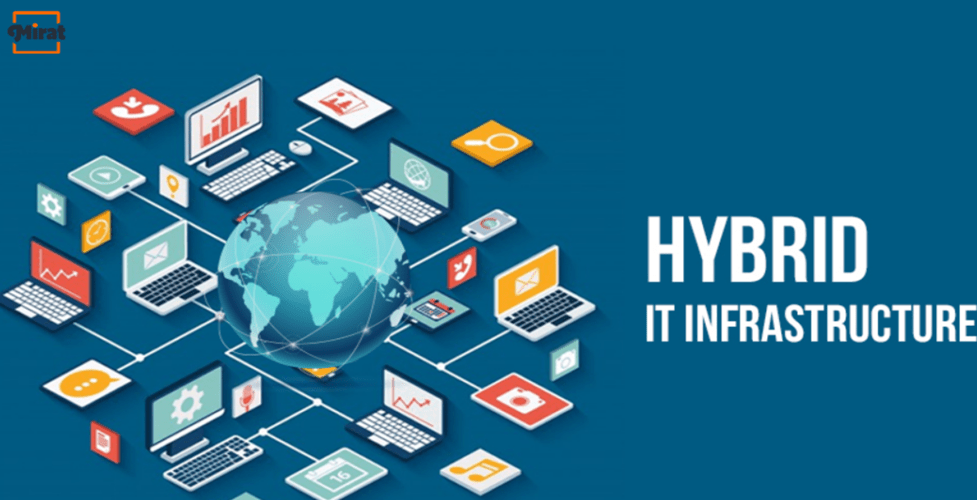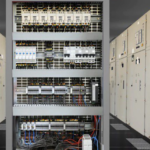Among the most common roadblocks, teams face when developing and integrating on-premises and hybrid cloud technologies is ensuring that internal and external stakeholders adopt new hybrid IT solutions and IT services. Both education and training are critical for optimizing productivity. Still, something frequently overlooked them favoring other priorities, resulting in users being unaware of how to use new technologies correctly.
How do Experts Optimize Hybrid IT?
Divide & Rule: They suggest the IT network of the organization be divided into two segments- ‘on-premises, and ‘the cloud’.
While IT teams typically have the technical expertise to accomplish these goals, other organizational functions—such as finance, human resources, and compliance—are among the many individuals who could benefit from education on how on-premises and hybrid cloud services work in tandem.
Education and training are critical components of optimizing efficiency, yet why are they overlooked?
However, one of the most significant obstacles in establishing an efficient hybrid IT architecture is monitoring. While configuring networks, transporting data, and deploying IT services in a fusion architecture is relatively uncomplicated, service monitoring remains one of an infrastructure team’s most crucial roles. Certain components of the hybrid cloud, for example, resemble traditional enterprise resources.
Hybrid IT Monitoring agents and integration share precise data on everything from the hardware, visitors, and applications, while the public cloud is not that transparent.
Numerous organizations dedicate years to mapping and optimizing these system dependencies.
Does your infrastructure aim for a shorter mean time to resolution?
If yes, then adopt a mature approach towards hybrid IT monitoring and technology upgrades and avoid searching for shortcuts.
Each layer of abstraction diminishes the ability to connect physical hardware failure with service availability. Incorporating data center clustering technologies introduces more layers of abstraction and emphasizes the requirement for appropriate hybrid IT monitoring.
By implementing monitoring tools, you can gain a greater insight into your infrastructure’s core components. For example, architects can mine monitoring data to aid in capacity planning, prioritizing future investment plans based on the knowledge. Additionally, monitoring tools enable you to plan workload placement based on your organization’s growth and a data-driven understanding of your hybrid infrastructure.
Being a rising trend, IT organizations can now decide if they want to use hybrid IT solutions as a stepping stone or place it as a milestone strategy for their infrastructure strategy.
Whichever route public sector organizations take, incorporating precise and focused monitoring capabilities into their strategy can assist them in optimizing system performance, reducing downtime, and planning for future requirements.
Mirat.ai’s IT Infrastructure Management is Affordable & Easy to use! Get your Dashboard ready in only 5 Minutes. Request for Trial/Demo now (or) Contact our Team Now .
Contact Information:
Hema
Sales Executive
Phone: +1-315-636-4213
Email: sales@mirat.ai
Website: https://www.mirat.ai/


